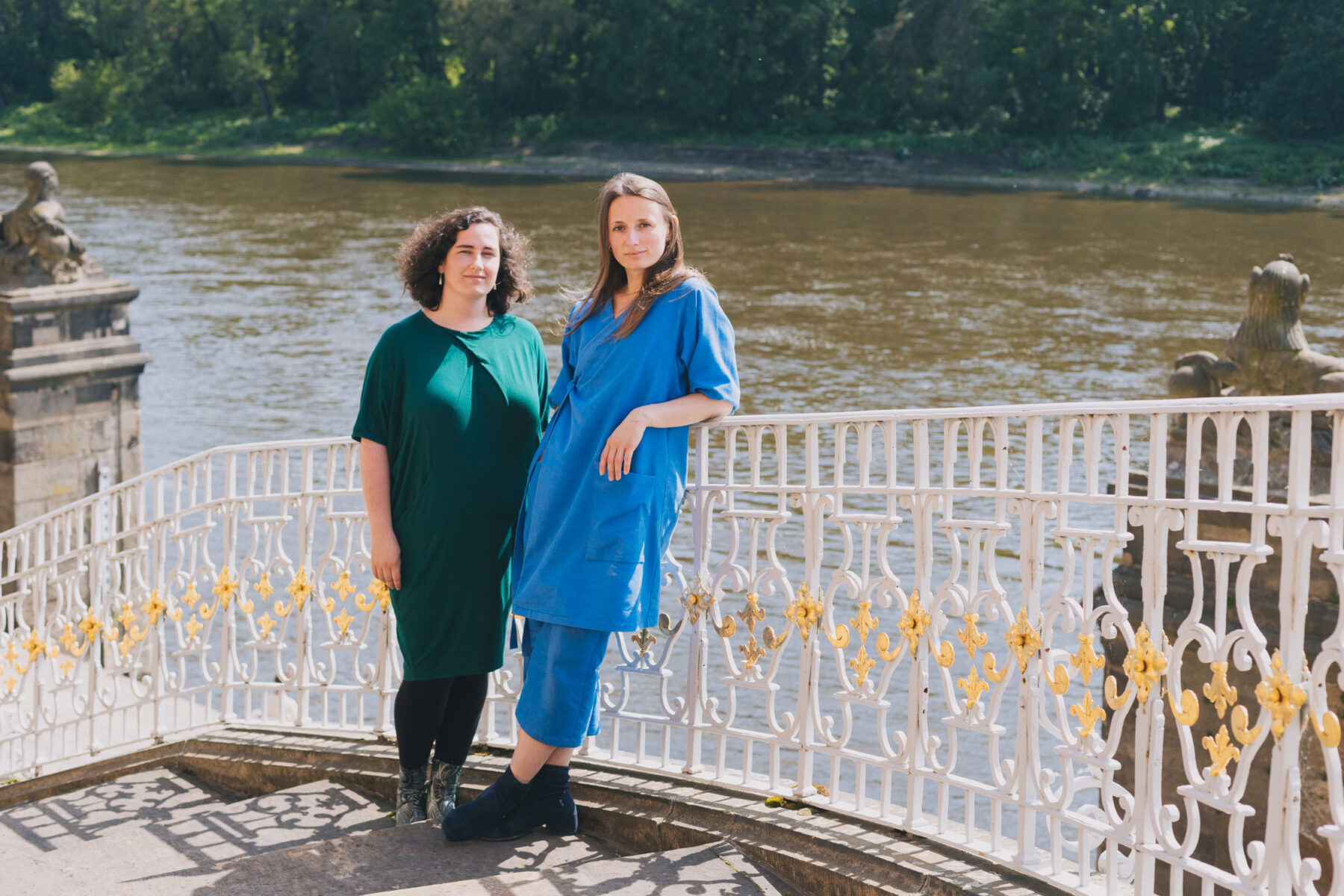The Arts are having an existential crisis. As designers, artists, and architects navigate their roles and responsibilities in fast changing world, the time is ripe for overdue conversations on inclusivity and the role of minorities in the design practice.
Foreign Legion, Vera Sacchetti and Matylda Krzykowski, met one evening in early 2012 when Sacchetti walked into an opening at Depot Basel, the space for contemporary design Krzykowski had co-founded. Their meeting on this first evening sparked a friendship and conversation that would span the next years—on design practice, how the discourse around design was evolving, their cultural work within Switzerland and beyond, and their positions within the design industry. As their careers evolved, so did their interest for expanding existing formats of display and knowledge exchange for design.
Both come from design backgrounds—originally from Lisbon, Sacchetti trained as a graphic designer and a design critic while Polish-born multidisciplinary creative Krzykowski trained in graphic and product design—yet neither approach contemporary design in an expected or traditional way. They work with design in an expanded sense, moving freely between curator, writer, editor, creative director, founder, and exhibition designer. Both of their successful careers so far have seen them travel the world, engaging in different contexts. In 2018 Sacchetti was associate curator 4th Istanbul Design Biennial – ‘A School of Schools,’ an exhibition now traveling from Istanbul to Genk. Krzykowski closed the physical space of Depot Basel in 2017 and has since curated exhibitions such as ‘Domestic Appeal’ and ‘Room with its own Rules’ for Chamber Gallery in New York, while teaching at multiple educational institutions including The School of Arts Institute Chicago. As of early 2019, their many conversation’s formalized, resulting in Foreign Legion—a roaming and newly established curatorial initiative, working on projects between the cultural and commercial worlds to shift perspectives on design.
These days, it can feel difficult to dream new realities and futures. Yet, this is exactly what Foreign Legion hopes to do. They create fantasies to convince clients, audiences, and their many collaborators that whatever they propose—like more space for female practitioners in the design world—is possible. Their first project together as Foreign Legion, the symposium ‘A Women’s Work’ and the exhibition ‘Add to the Cake’ at Kunstgewerbemuseum Dresden, hope to “dismantle systems,” as Sacchetti states, towards a more polyphonic representation of voices in the design world, with a focus on female practitioners. It’s this drive towards the imaginary combined with the pragmatism of “if you don’t ask you don’t get,” as Krzykowski puts it, that pushes their work forwards.

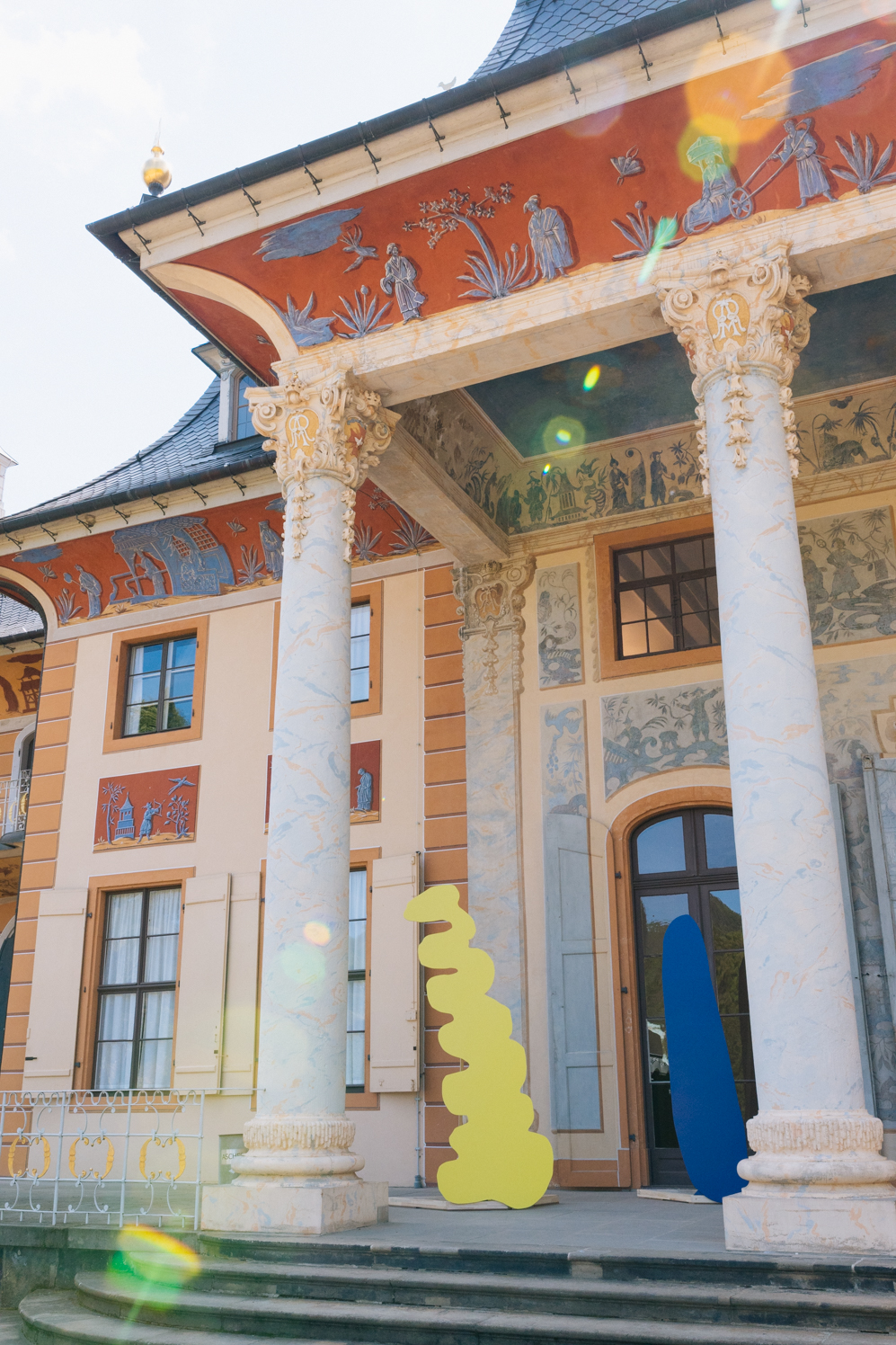
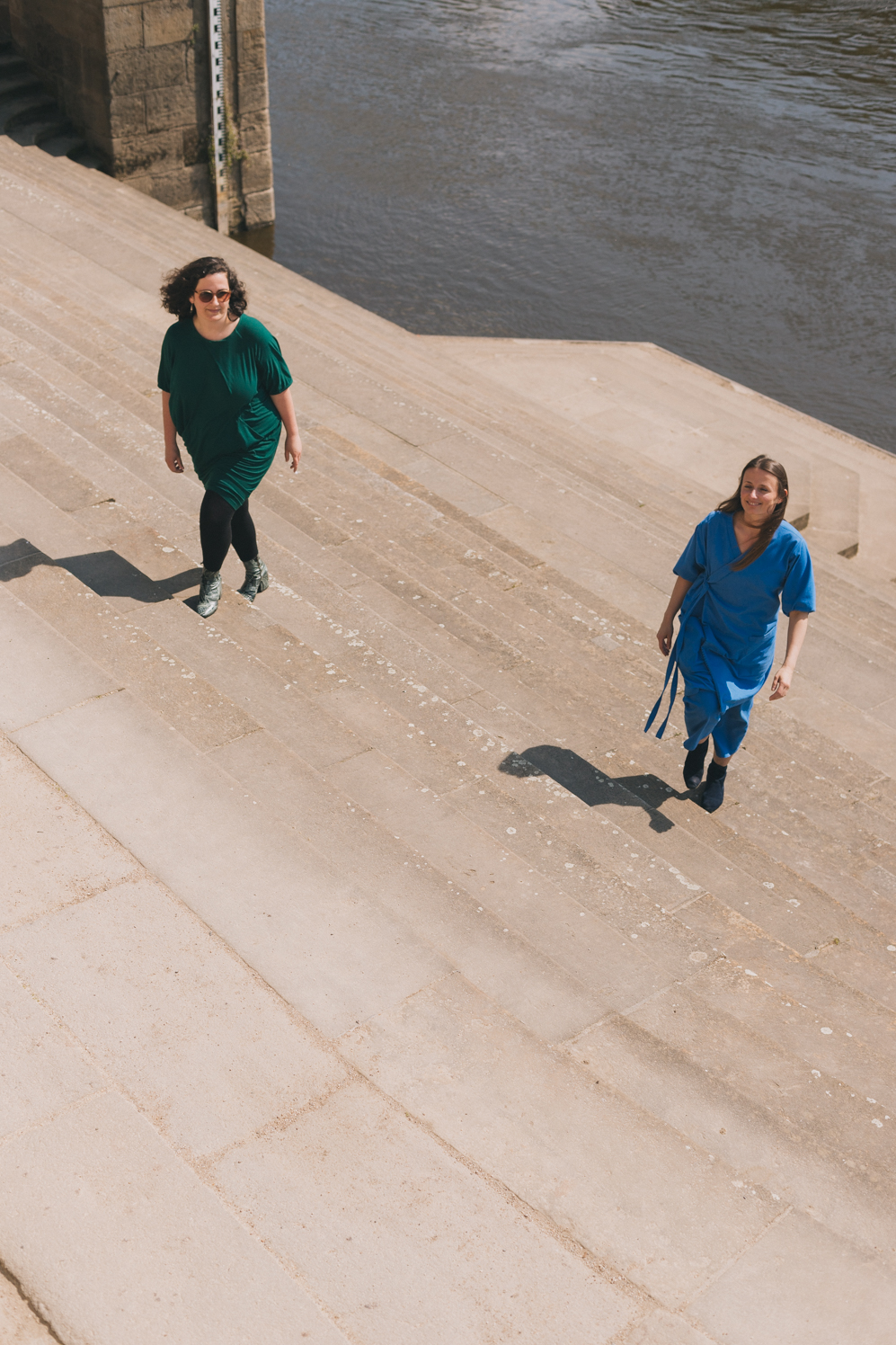
-
You have been in dialogue with each other for many years, through various different projects and collaborations. What brought you to formalize your relationship now as Foreign Legion?
Vera Sacchetti: I think being foreigners in Switzerland was something that we had always discussed. Matylda and I started to have many conversations about how frustrating it was for us, as highly qualified professionals in our field, that we could never seem to have access to certain things because we were women and because we were foreigners. Foreign Legion was born, not only because of that, but also because we are foreign to the way things work in the countries we are based, but not originally from. Legion refers to the fact that as women we are many; we are half of the world’s population if not more.
Matylda Krzykowski: That is also why we chose .global as a domain name. We are talking to the world, not in an arrogant way, but to see if there are possibilities to address certain issues together. We want to underline that the work we want to do is not localized to any one place.
“We are talking to the world, not in an arrogant way, but to see if there are possibilities to address certain issues together.”
Matylda Krzykowski
-
What brought you to the Kunstgewerbemuseum Dresden and your first commission as Foreign Legion?
VS: Tulga Beyerle, the former director of the Kunstgewerbemuseum, invited us to develop a symposium on the occasion of the exhibition ‘Against Invisibility – Women Designers at the Deutsche Werkstätten Hellerau 1898 to 1938.’ She had read an interview where Matylda had mentioned she wanted to work with me under the name Foreign Legion, and from there she reached out to us. The exhibition she curated showed objects from female designers from Hellerau who were completely forgotten by history in the beginning of the 20th century. She asked us to do a similar reflection with contemporary design, looking at the same mechanisms that had led to their invisibility and their disappearance in the history books, and the status of female practitioners today. We managed to combine a local circle of creative practitioners with a broader Europen network, and, after the symposium, we were asked to transform the conversations we had into an exhibition. It was a very organic transition from symposium to exhibition.
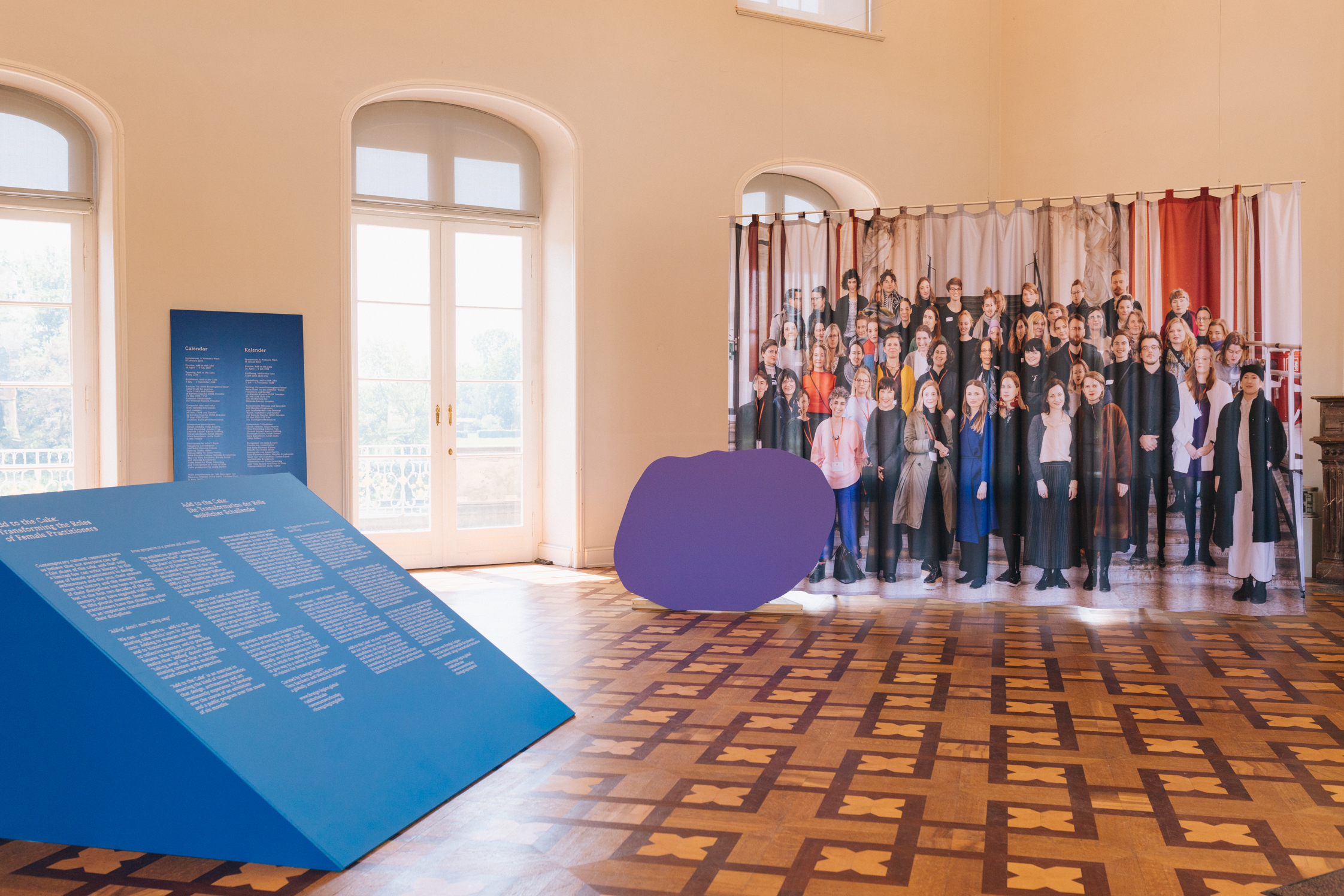
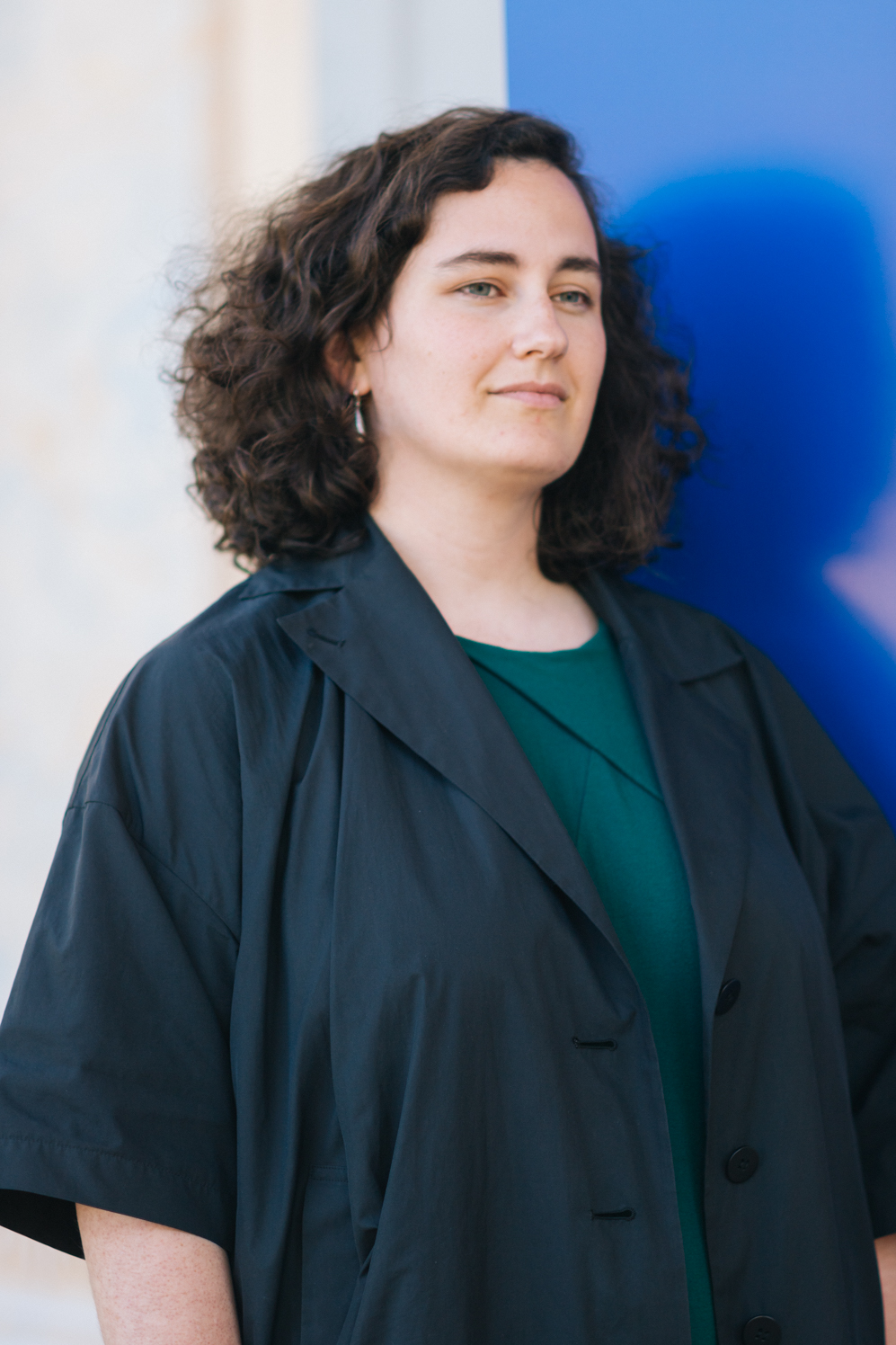
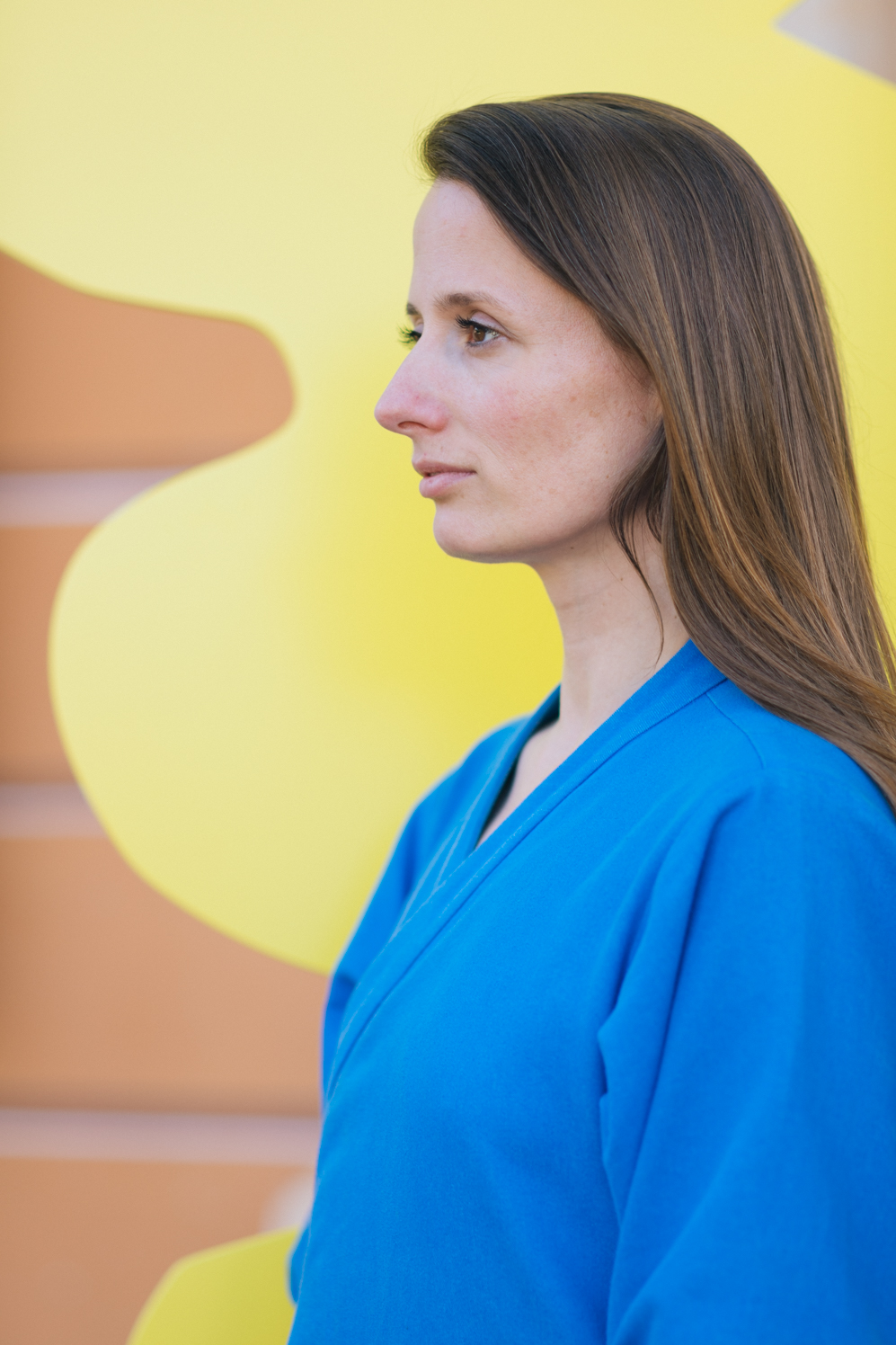
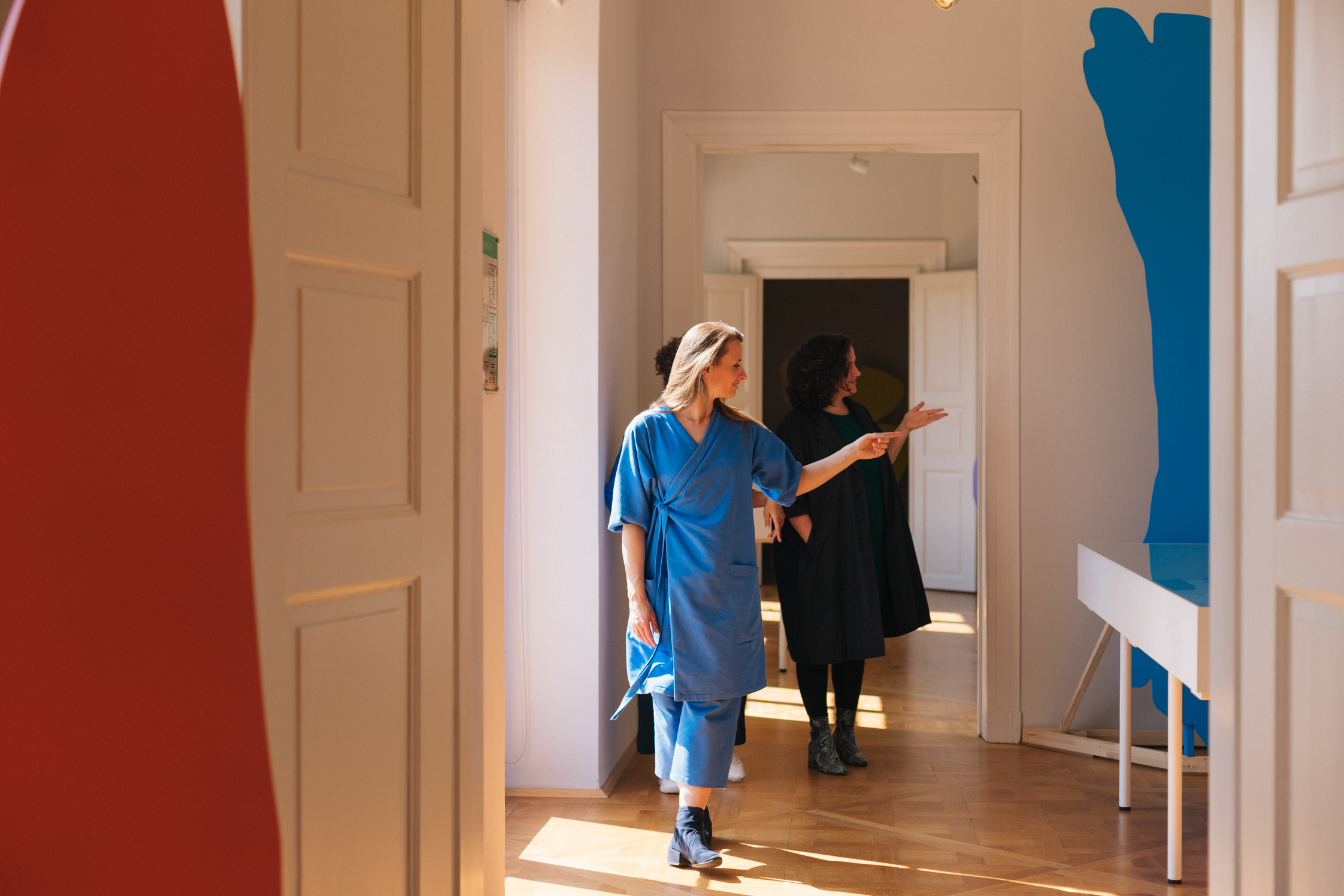
-
How do you define design practice today, especially when so much of design is not visible through objects but through such intangible things as UX, system design, and algorithms?
MK: I would answer this question every two minutes differently! Personally, I like to work responsively or relationally, as I always had this notion of transdisciplinarity, or interdisciplinarity, and I like this idea of an open practice. I don’t believe in disciplines in general. Also, contemporary design is not necessarily an object; it’s not a physical thing.
VS: For me, design is a discipline born out of the industrial paradigm shift from craft to factory production. Increasingly, and especially in Western Europe and North American regions, we move closer and closer to, or in fact are already in, a post-industrial paradigm. Right now, design is having an identity crisis and needs to completely reconfigure itself. I agree with what Matylda just said, I also don’t believe in silos for design anymore. Design doesn’t need to generate anything physical, it’s more about mediation, about bringing people together. It’s the glue that connects and engages with other disciplines.
“Representation, representation, representation.”
Vera Sacchetti
-
Has there been a moment in both of your careers where you felt you were being treated unfairly because of your gender?
MK: We think it’s more about access. We live in an increasingly globalized world, yet the way, for example, funding systems are laid out is still centered on nationality. Many systems and structures that exist today don’t fit with how many people are working. In that sense, Foreign Legion not only about women, but about minorities that don’t have access because of structural and systematic issues. This is what we want to tackle.
VS: For me, particularly, when I became a mother in Switzerland, I really felt invisible in many many ways. I had many conversations with people who said: ‘Oh, that’s so nice you are pregnant, that means you’re not going to come back to work, right?’ I mean, consider this: the last canton [there are 26 member states of the Swiss Confederation] in Switzerland that gave women the right to vote was in 1990, not that long ago. We were alive then.
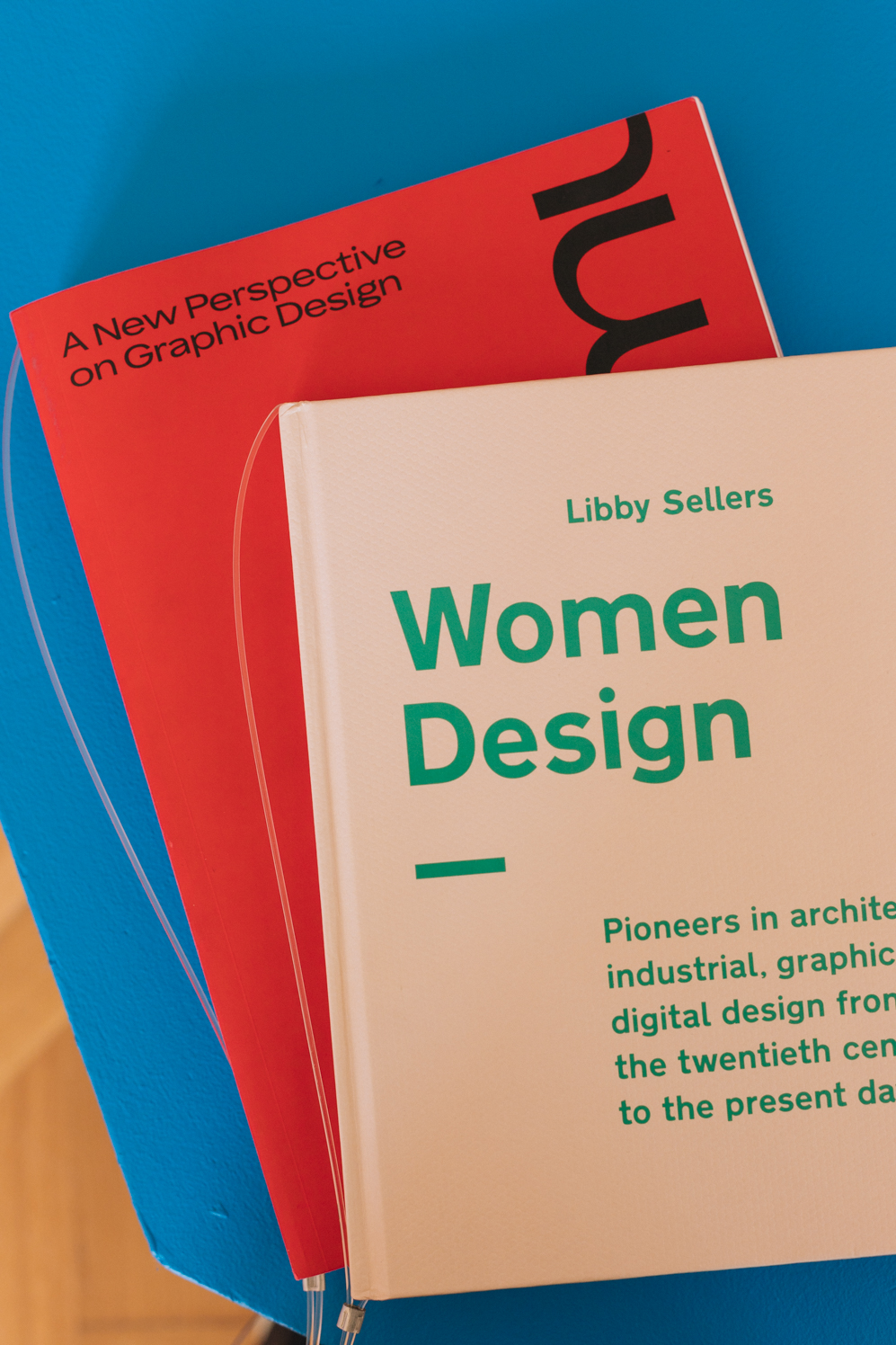
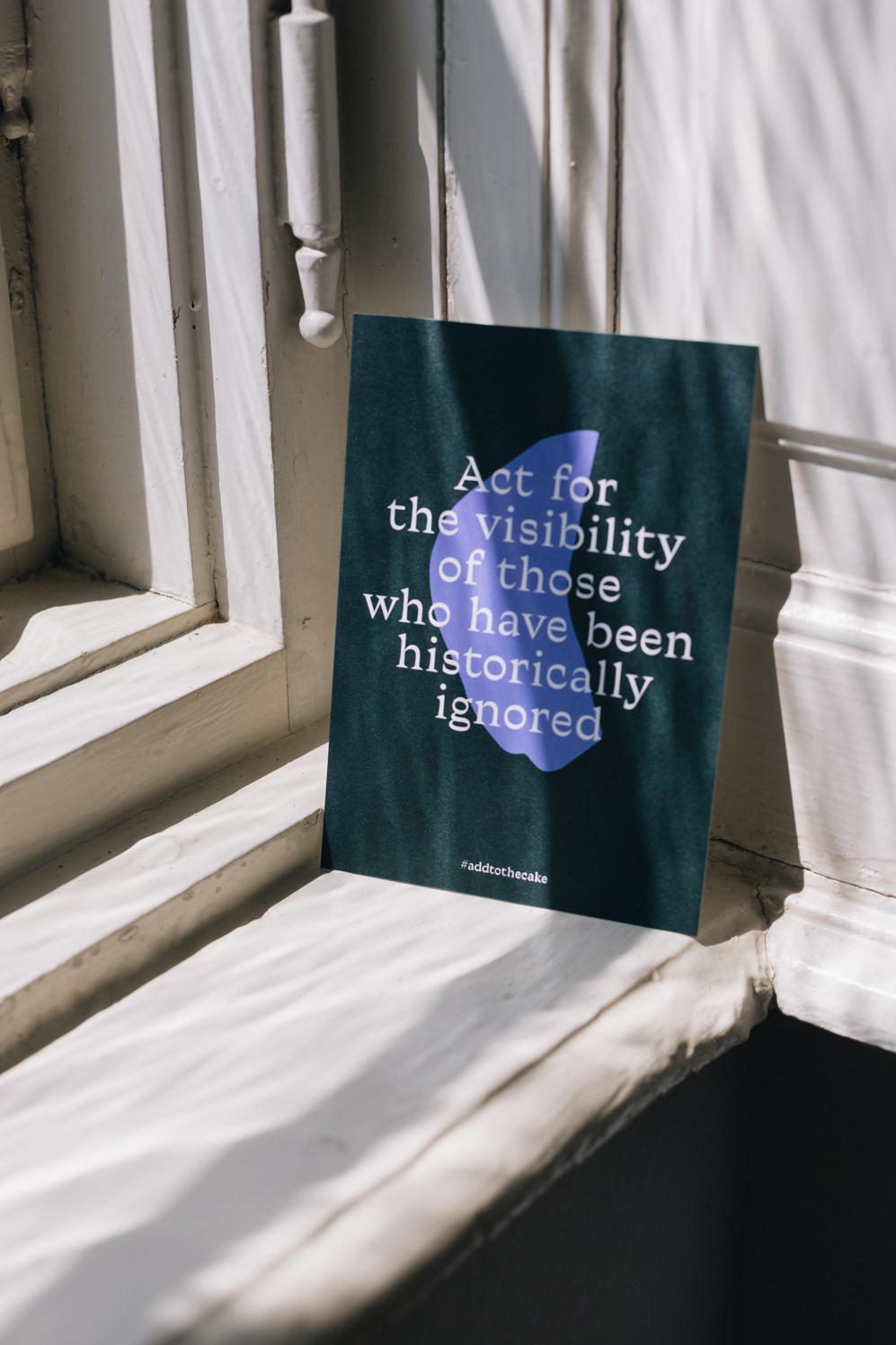
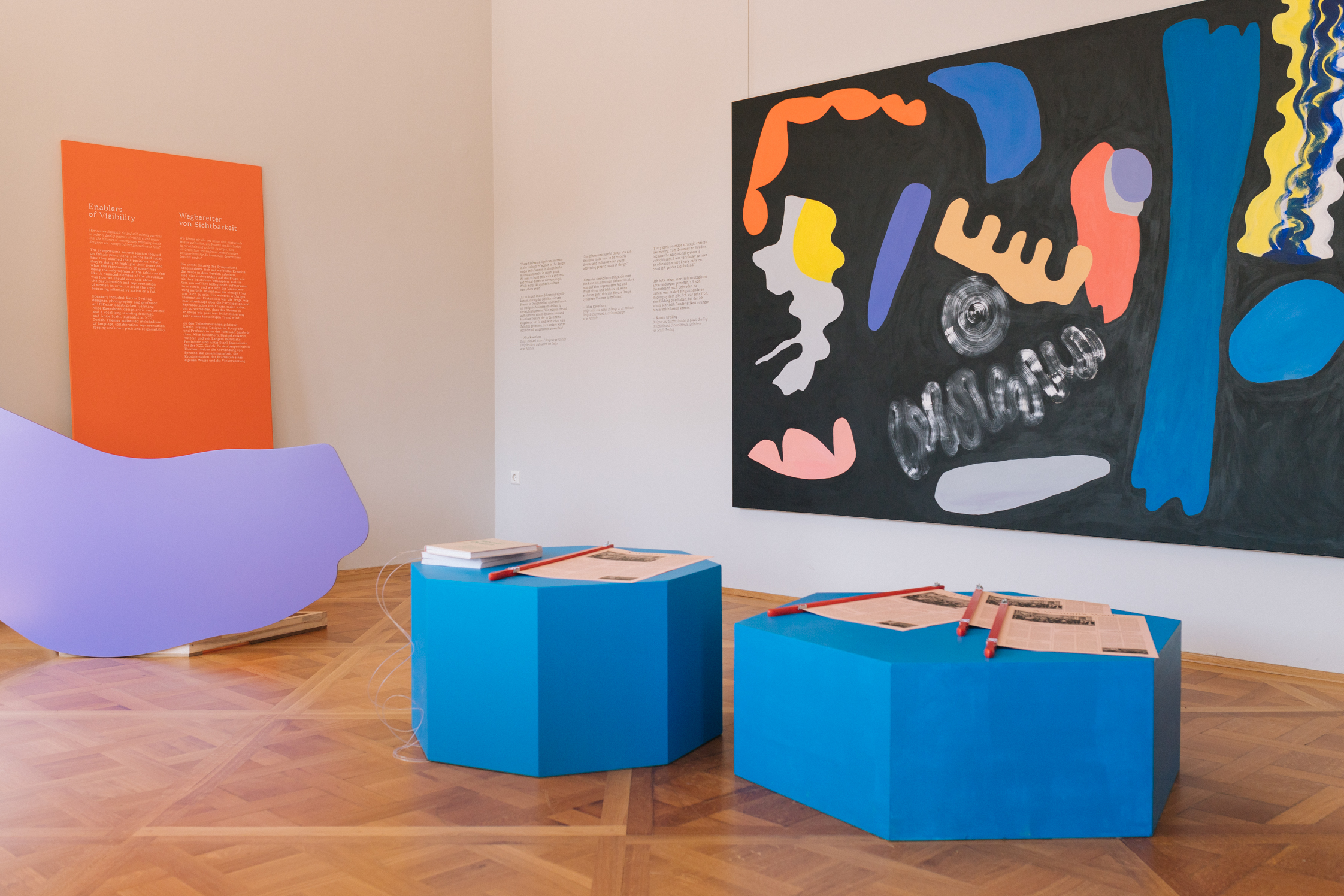
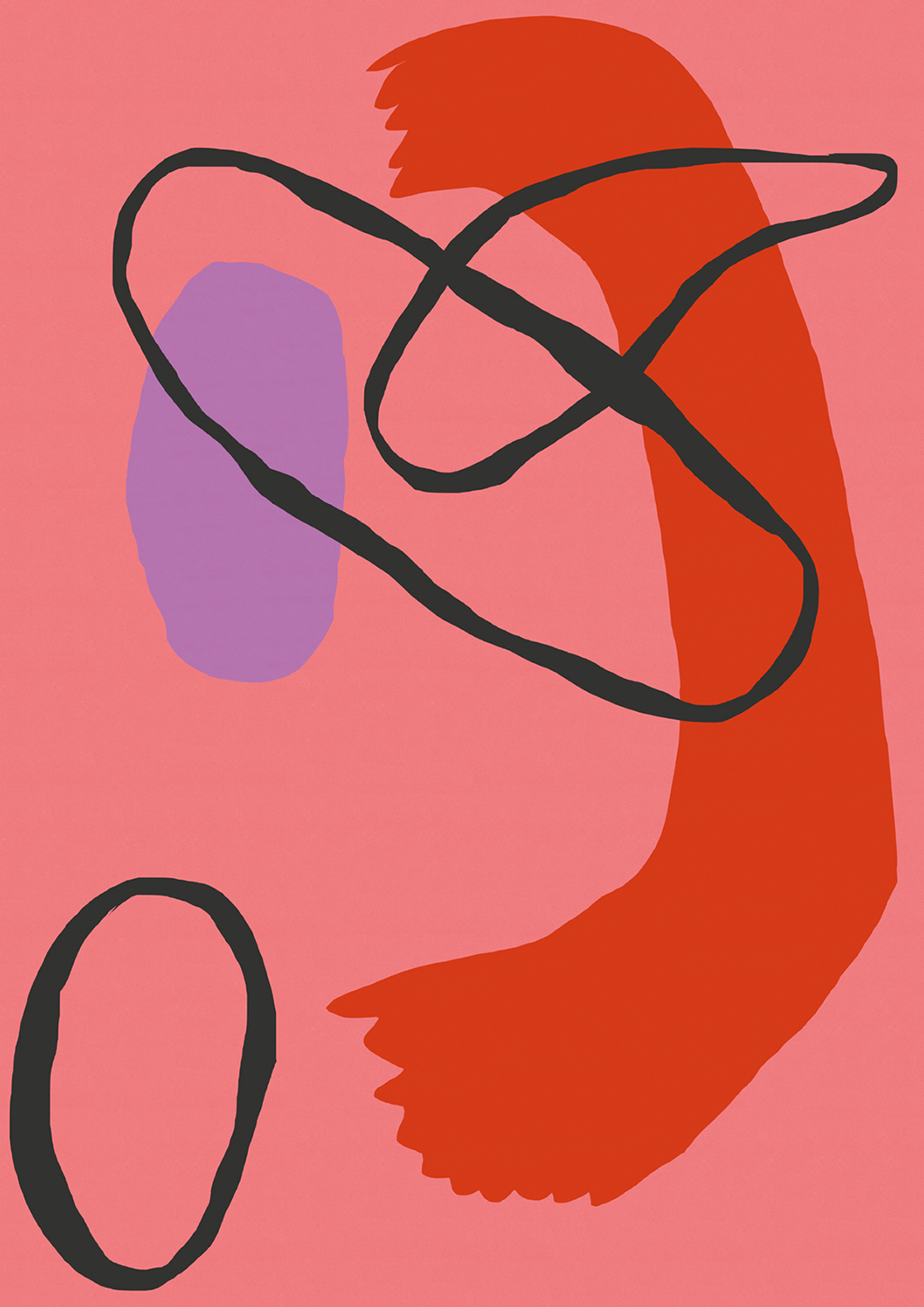
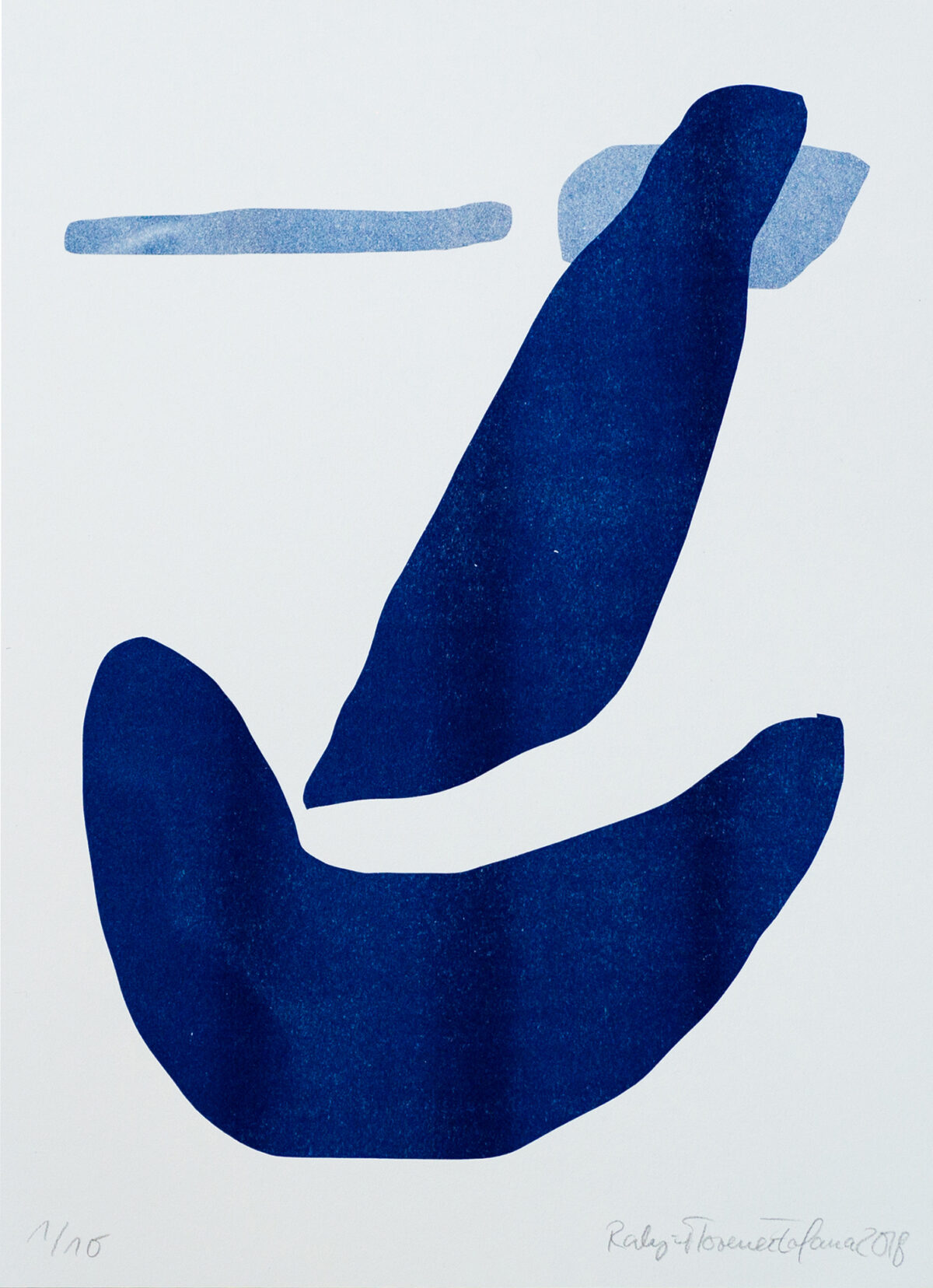
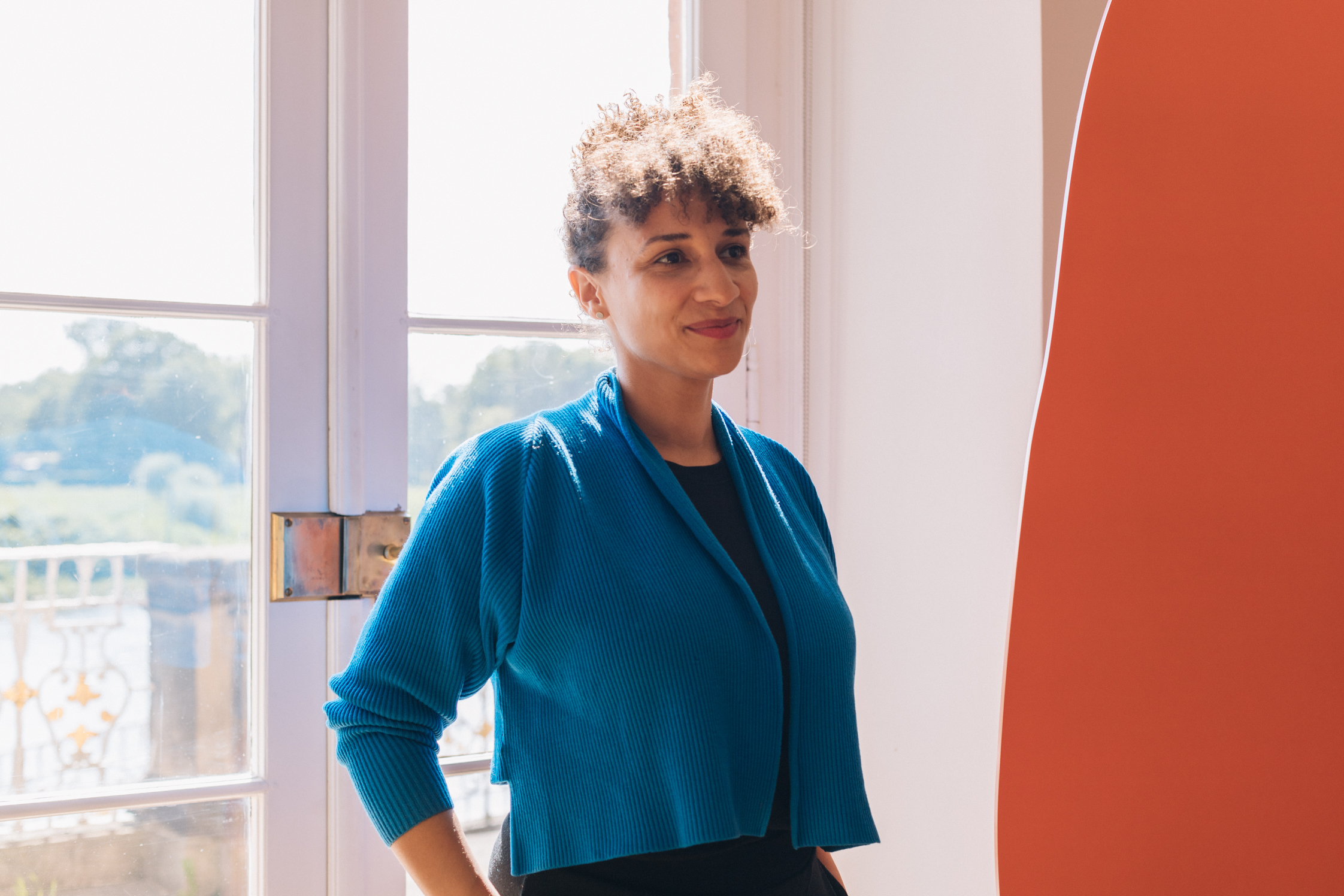
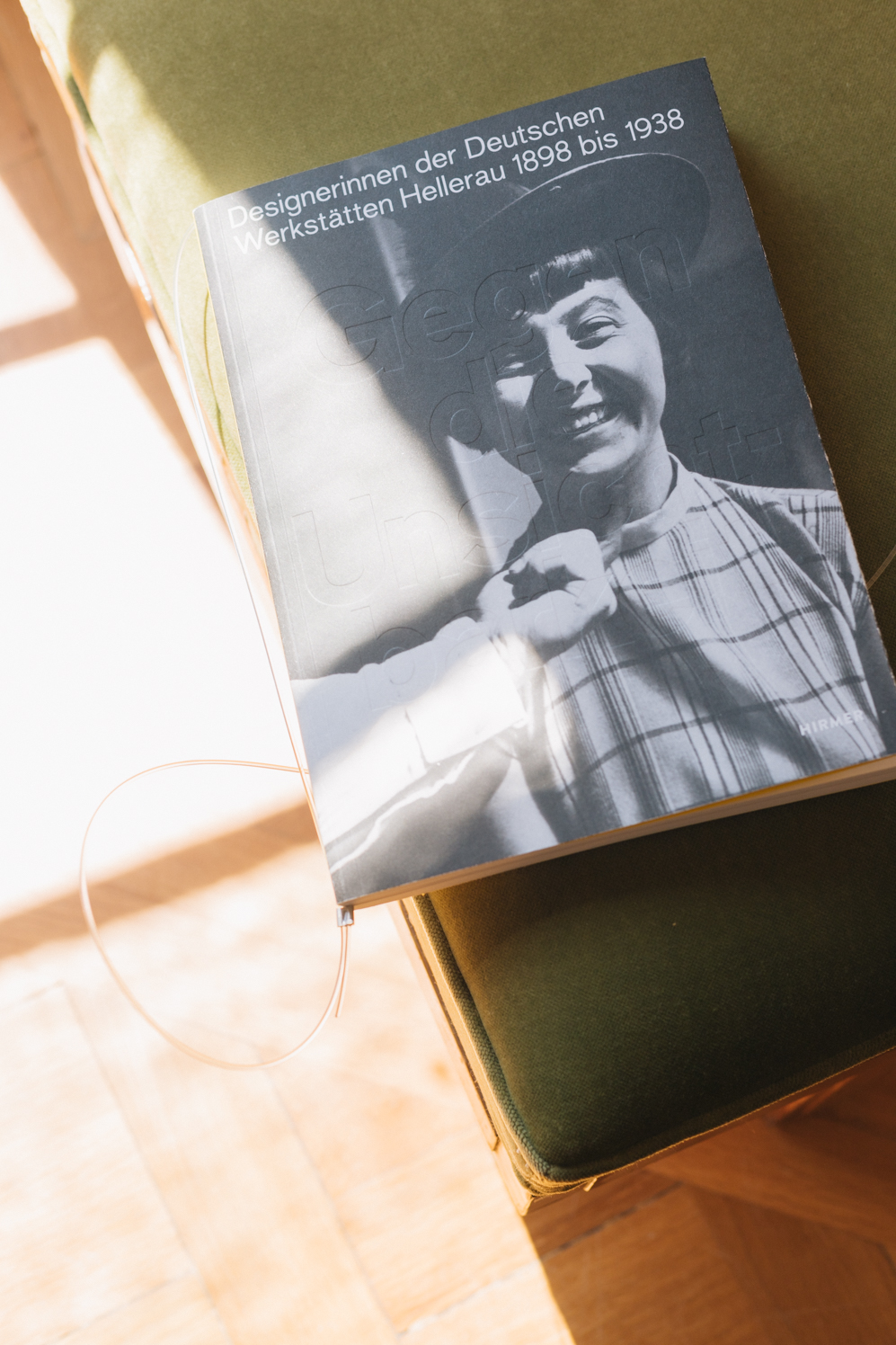
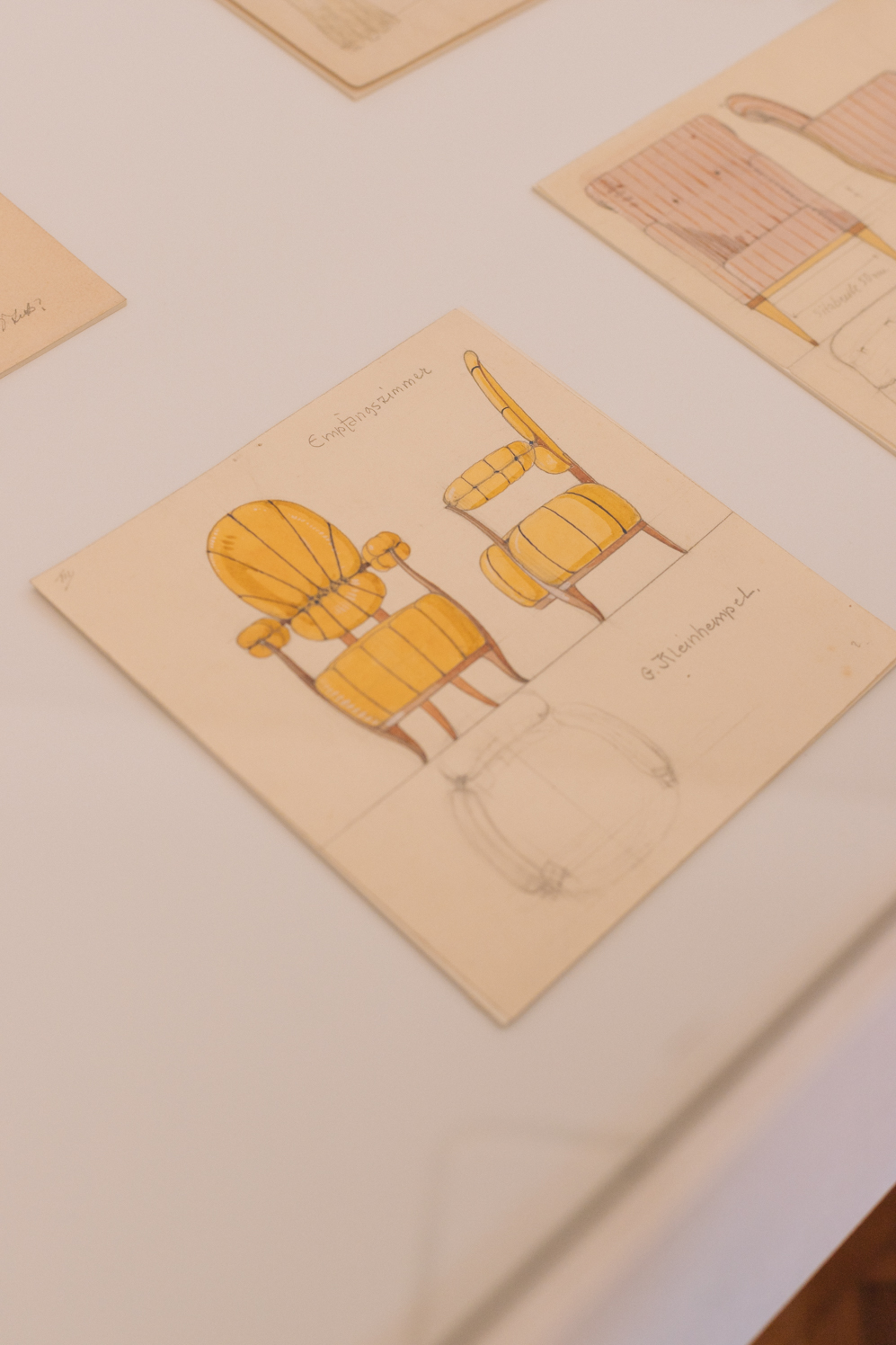
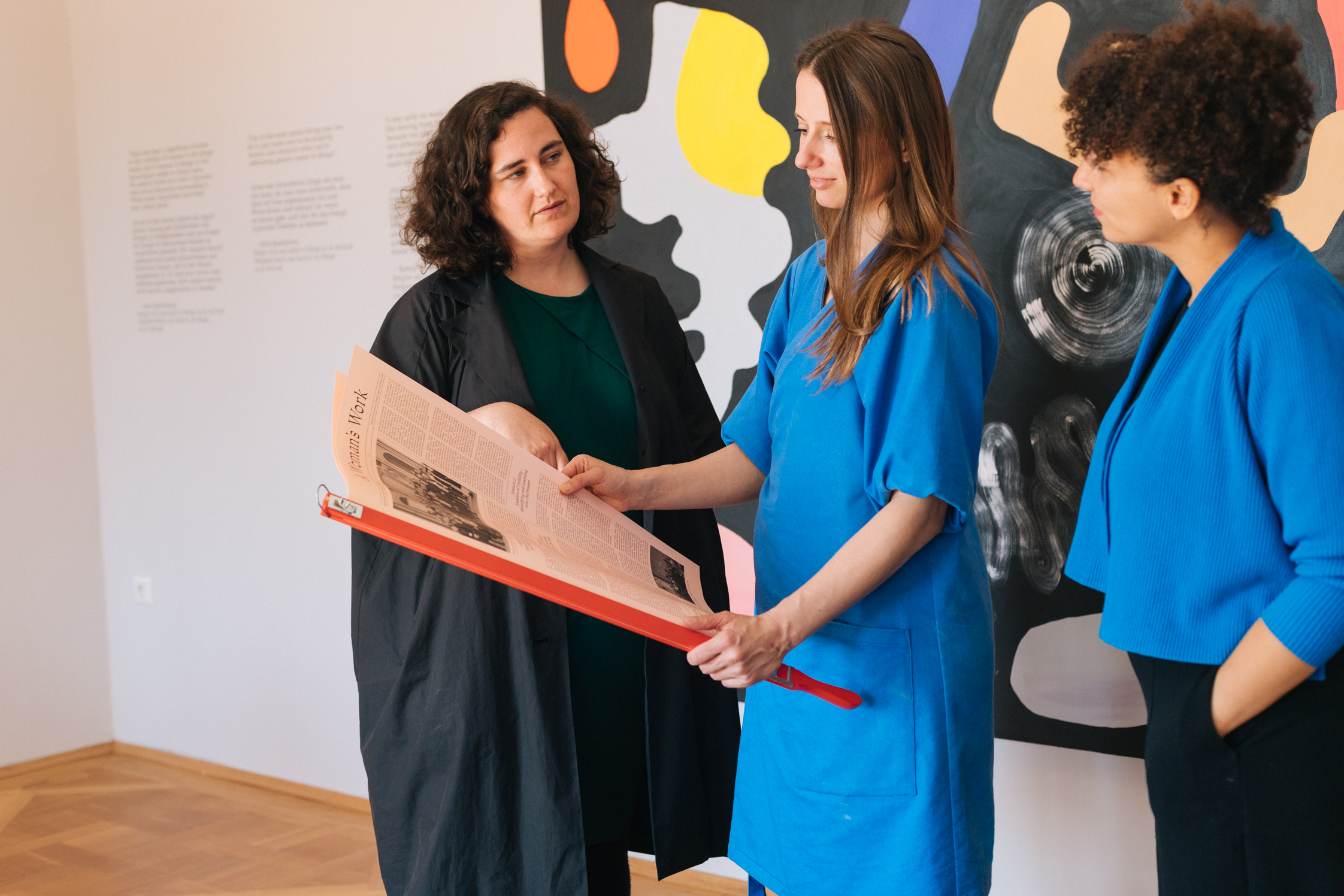
-
Why do you think the under-representation of women in design is an important conversation to have now? Do you think a design conversation can lend itself meaningfully to that?
VK: On the one hand, we need to start somewhere. On the other hand, I also think that the design and creative industries are our world. These are things we know how to do, and this is our expertise. It’s an overdue conversation in every field and, of course, these conversations should also be happening at the level of government and policy, and in every possible context, but we have to start in our context. For me, it is very interesting that we are working with a state museum that wants to tackle these topics in a conservative city like Dresden.
MK: Vera and I always talk about the necessity of role models, especially based on the kind of symposium we had. In the end, it was a predominantly female audience and set of speakers, but we tried to include the male perspective also. We opened up the conversation from all sides, female, male and non-binary, because all of these human kinds exist in the world.
VS: Representation, representation, representation. Being taught by a woman, exhibiting women, buying the work of women, working with women, women in positions of power. The exhibition ‘Add to the Cake’ has nothing to do with a cake in its physicality and its concept, a cake for us is a representation of the design canon. The more layers the design canon has, the more polyphonic it is and the more perspectives it has. At the same time that a historical record is being set straight to normalize the past, we should also be normalizing these things in the present and then looking towards the future.
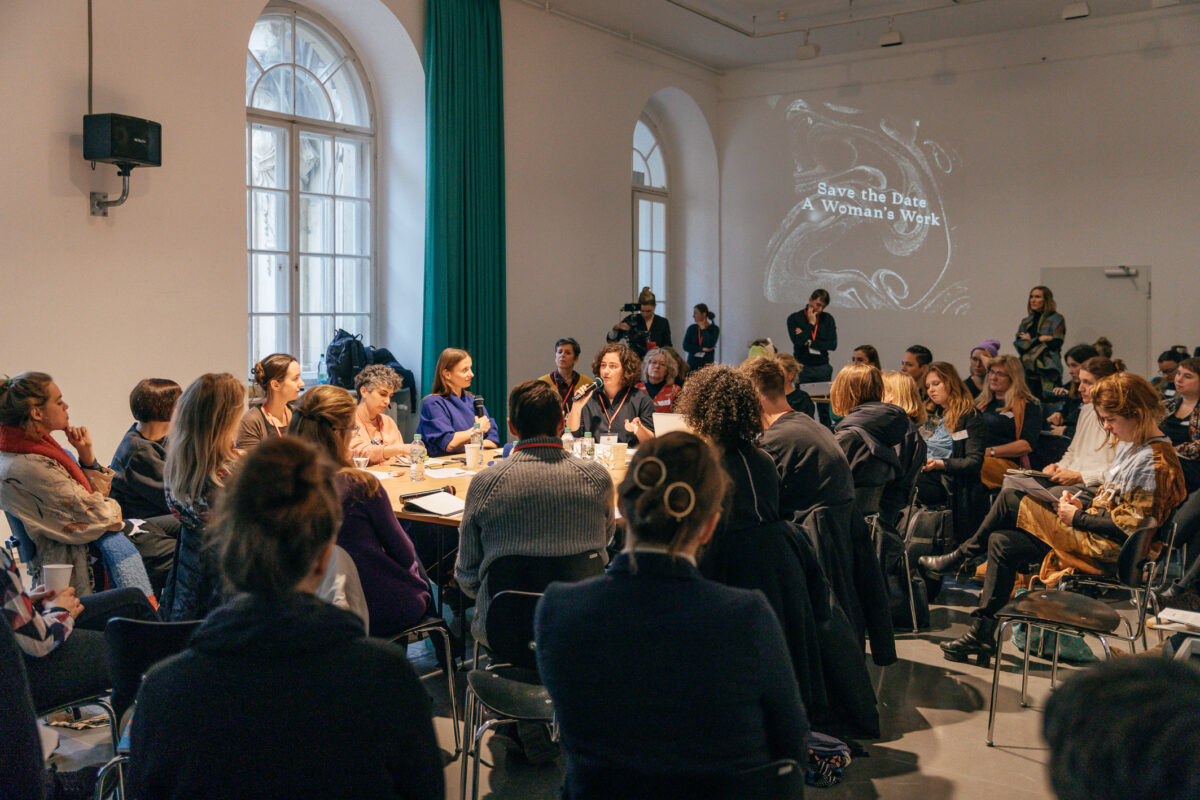
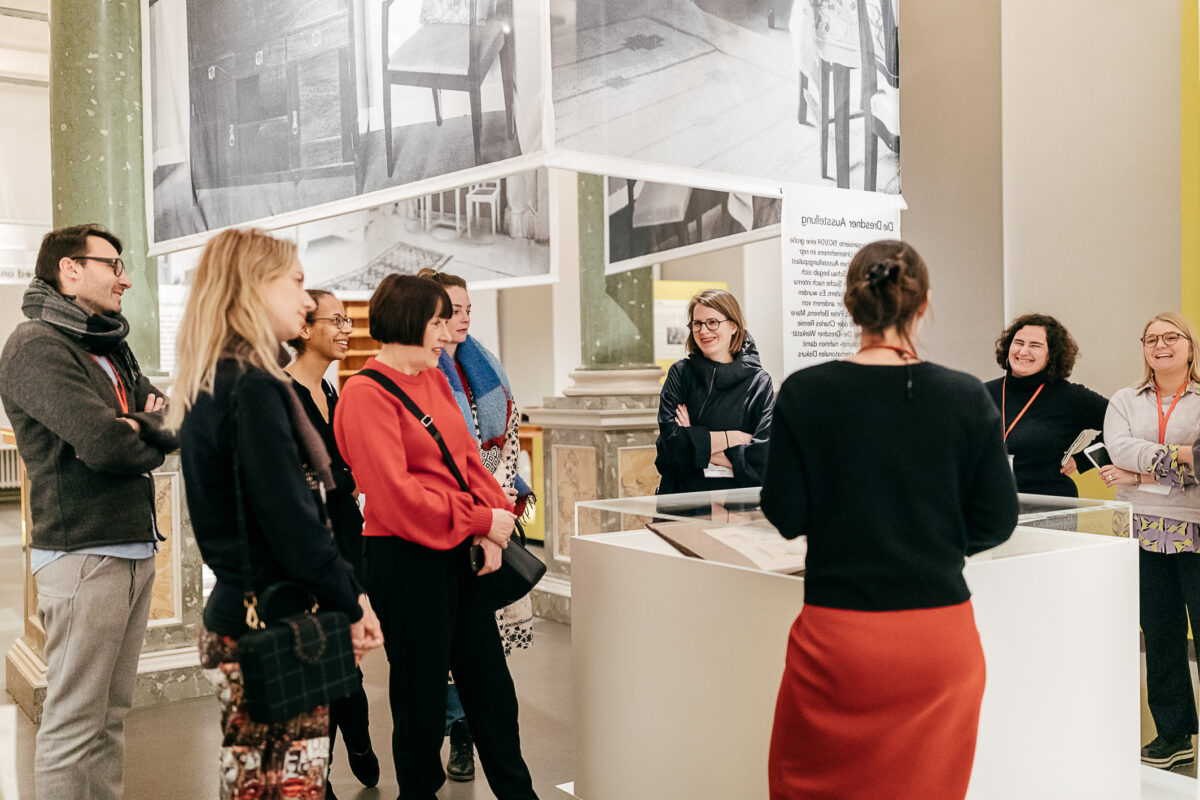
-
The issue of equality in the design field goes far beyond that of gender. It is also about how we tend to relate to people in our own political or social sphere, or, in other words, our own echo chambers. It’s often the case that those from privileged socio-economic backgrounds rise to the top and make decisions for everyone else. What strategies do you use to bring a diversity of voices into your project?
VS: What we try to do is to work with a minimum of people we don’t know and that we have never worked with. We try to find people outside of our echo chambers and outside of our systems to collaborate with because we know that it has to be a two-way street. It’s not enough to just say it, we have to research and actively engage with people. Another way to do it, is to experiment with new formats for the cultural and commercial sector. Early on while developing the symposium ‘A Women’s Work,’ we realized that while we are setting the record straight with regards to female practitioners, we should also be looking towards a post-gender idea of design and the contemporary design, art, and architecture world. Gender fluidity beyond the binary is another concern we have.
MK: At the end of the symposium ‘A Women’s Work,’ Vera and I gave the audience homework. We ask them to speak to at least two of three people about this show, and also within their work life research and work with female practitioners because there are plenty of them, they are just not as visible.
VS: Of course, there is also an intangible aspect to the takeaway as well. We hope the ideas we bring forth in these projects will live on in the minds of people, and maybe inspire more people into action. As George Bernard Shaw put it: “If you have an apple and I have an apple and we exchange these apples then you and I will still each have one apple. But if you have an idea and I have an idea and we exchange these ideas, then each of us will have two ideas.” So this intangible, virus-like expansion is something we are also interested in moving forward.
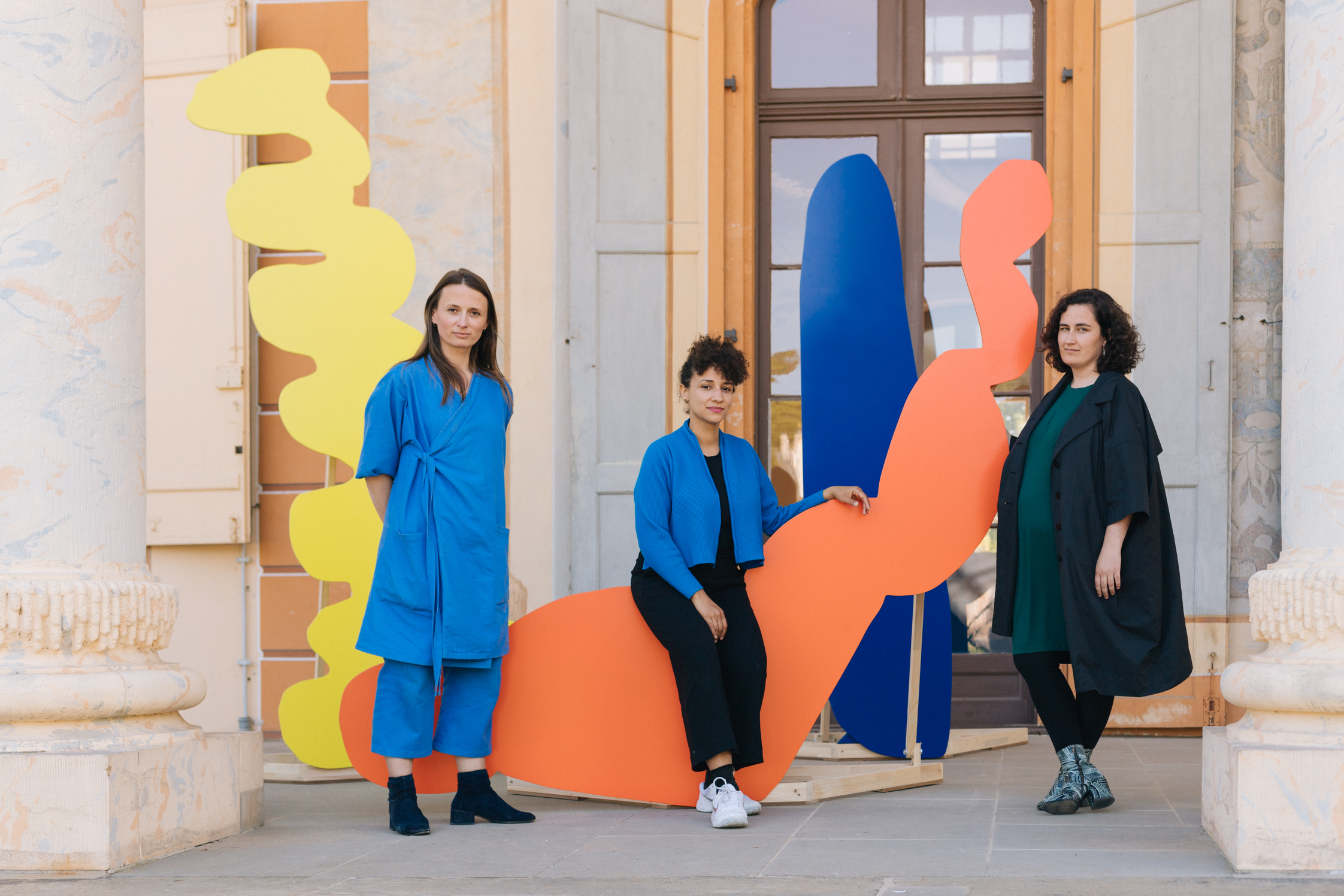
The second iteration of Foreign Legion’s exhibition ‘Add to the Cake’ opens at the Kunstgewerbemuseum Dresden on Friday, 5 July in Dresden, Germany. Check out the work of illustrator Raby-Florence Fofana’s work here, and designer Andrea Anner’s work here. Here is a list of all the participants to the symposium ‘A Womans Work,’ and the exhibition ‘Add to the Cake’ for your further research: Ania Jaworska, Sara de Campos, Gabriela Baka, Sophie Rzepecky, Teresa Palmieri, Anne Dessing, Marie Herwald Hermann, Zoë Ritts & Océane Réveillac, Shumi Bose, Kerstin Flasche, Claudia Kleiner, Lucie Klysch, Paula Letalik, Theresa Rothe, Nina Schwarzenberger, Alexandra Midal, Emma Pflieger, Martha Poggioli, Alejandra Navarrete Llopis, Naho Kubota, Nina Paim, Corinne Gisel, Ann Kern, Chrissie Muhr, Ji Hee Lee, Gabriel A. Maher, Ina Weise, Anja Kaiser, Julia E. Dyck, Vivien Tauchmann, Pinar Demirdag, Viola Renate, Kate Dooley, Theresia Enzensberger, Amelie Klein, Kaja Kusztra, Alexandra Lange, Emma Lucek, Bettina Möllring, Klara Nemeckova, Silva Baum, Claudia Scheer, Lea Sievertsen, Jana Scholze, Sumitra Upham, Danah Abdulla, Annika Frye, Sarah Owens, Tulga Beyerle, Katrin Greiling, Libby Sellers, Alice Rawsthorn, Antje Stahl, Andrea Anner, Raby Florance Fofana, Emma Lucek.
Text: Sophie Rzepecky
Photo: Jenny Peñas, David Pinzer
